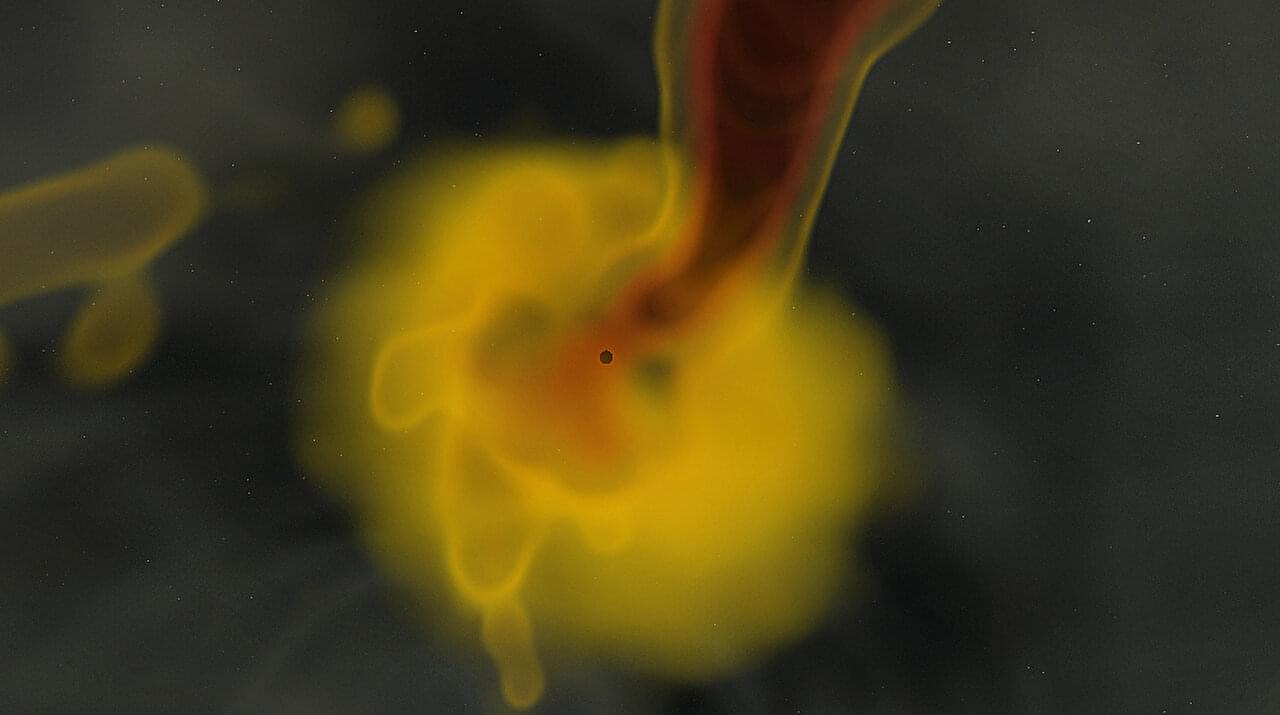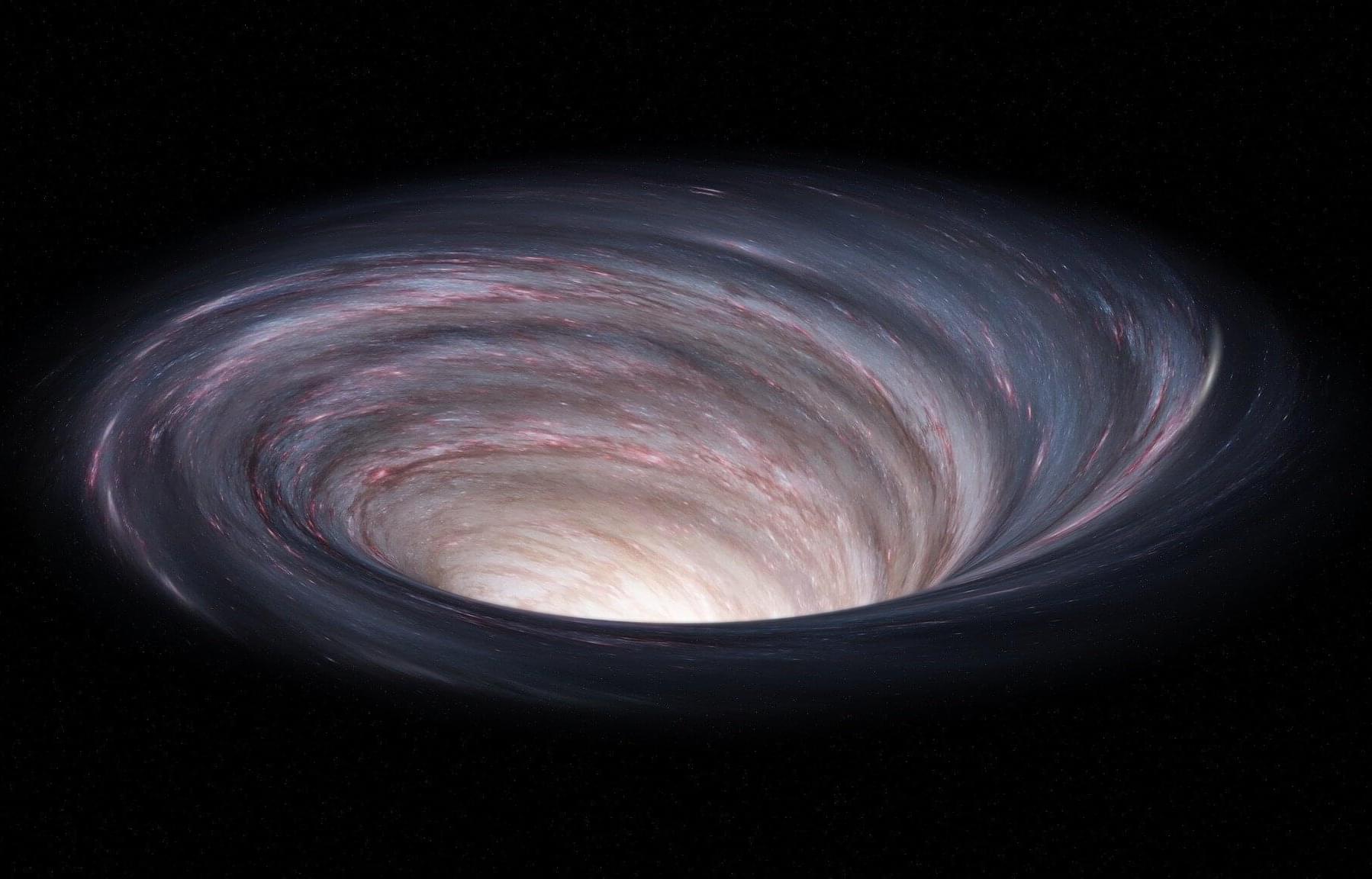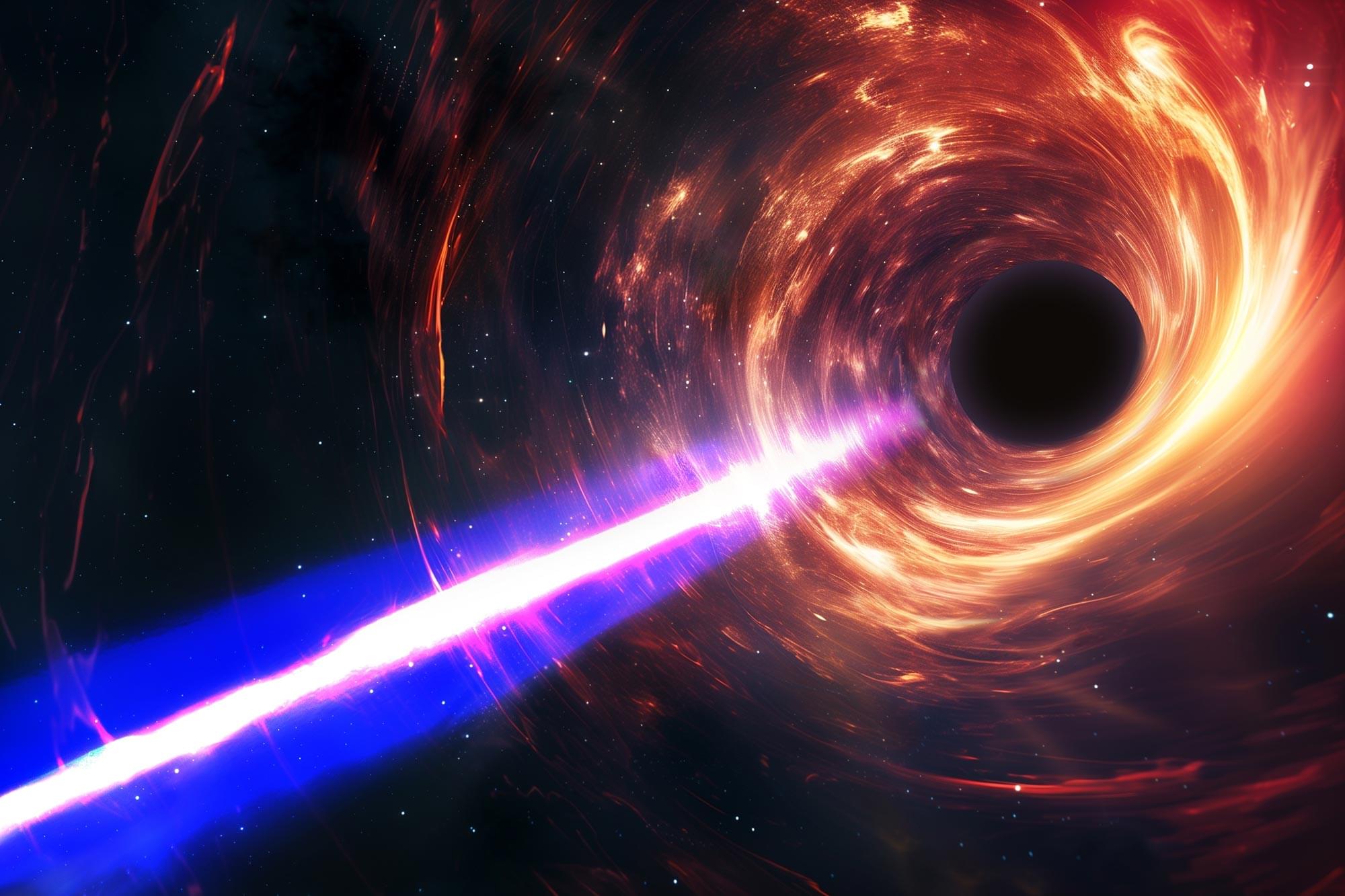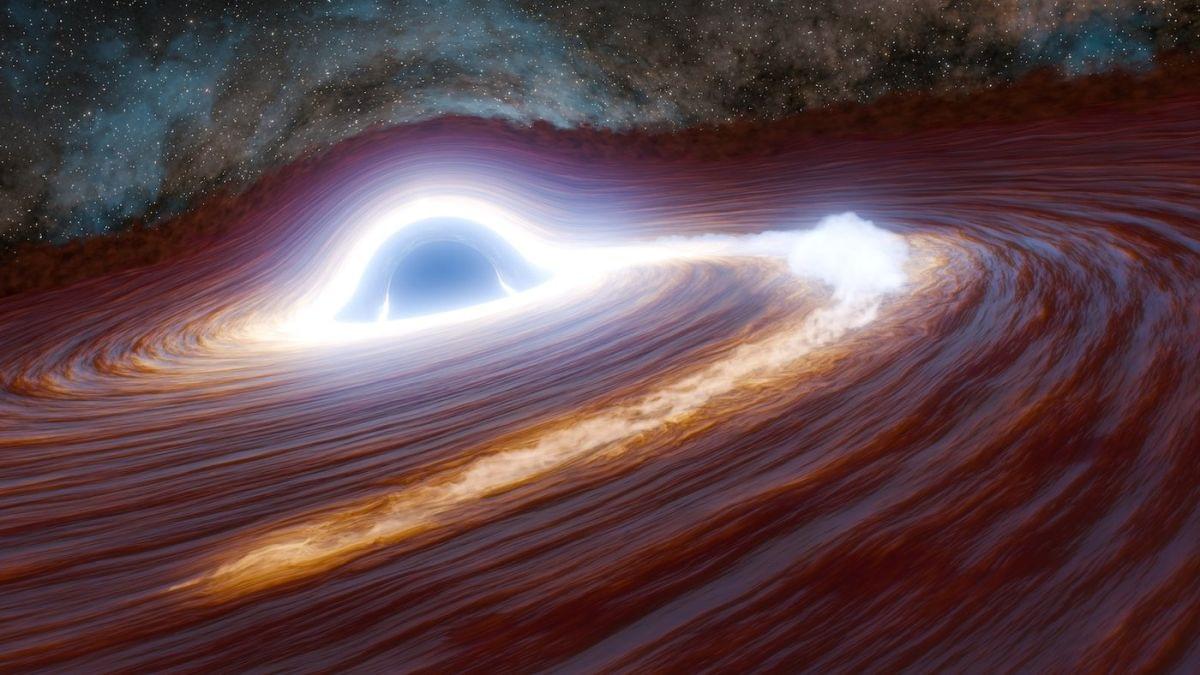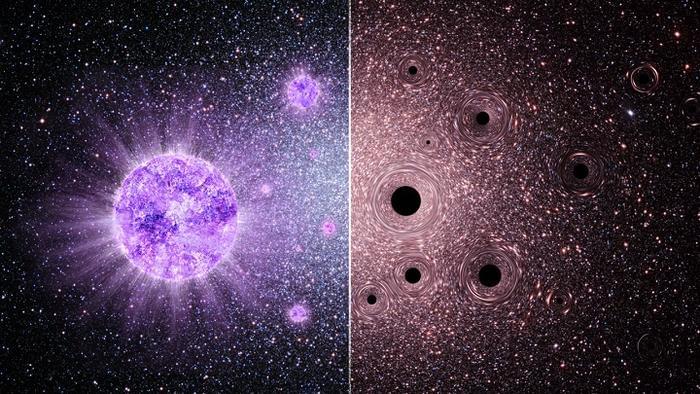In 2023, astronomers detected a huge collision. Two unprecedentedly massive black holes had crashed an estimated 7 billion light-years away. The enormous masses and extreme spins of the black holes puzzled astronomers. Black holes like these were not supposed to exist.
Now, astronomers with the Flatiron Institute’s Center for Computational Astrophysics (CCA) and their colleagues have figured out just how these black holes may have formed and collided. The astronomers’ comprehensive simulations—which follow the system from the lives of the parent stars through to their ultimate death—uncovered the missing piece that previous studies had overlooked: magnetic fields.
“No one has considered these systems the way we did; previously, astronomers just took a shortcut and neglected the magnetic fields,” says Ore Gottlieb, astrophysicist at the CCA and lead author of the new study on the work published in The Astrophysical Journal Letters. “But once you consider magnetic fields, you can actually explain the origins of this unique event.”
